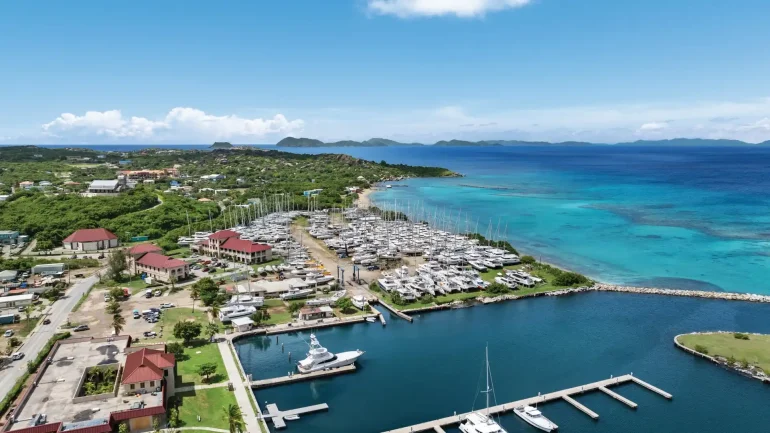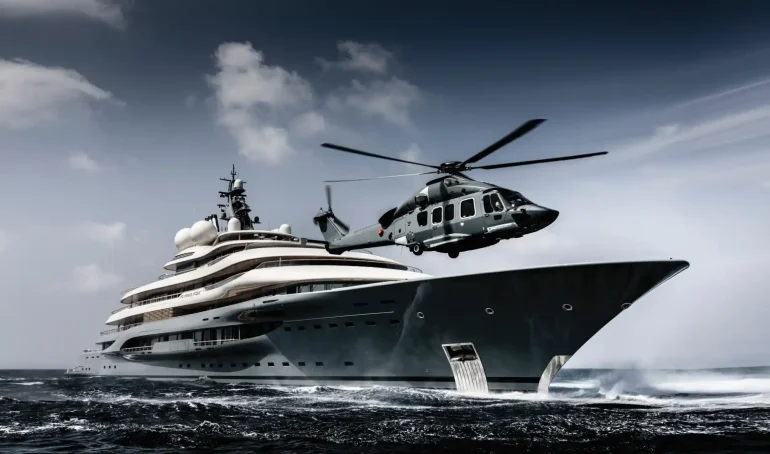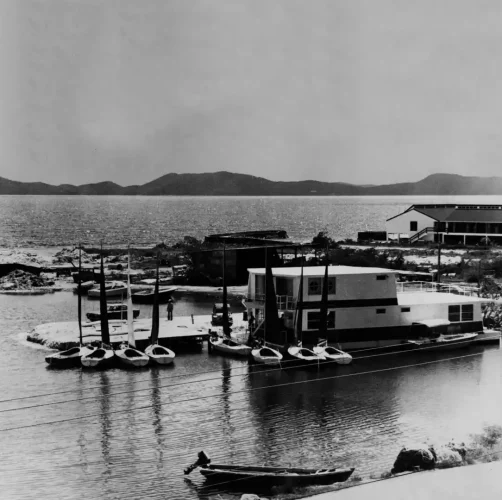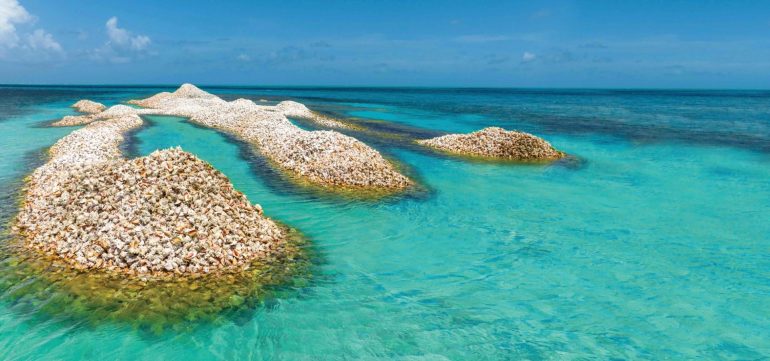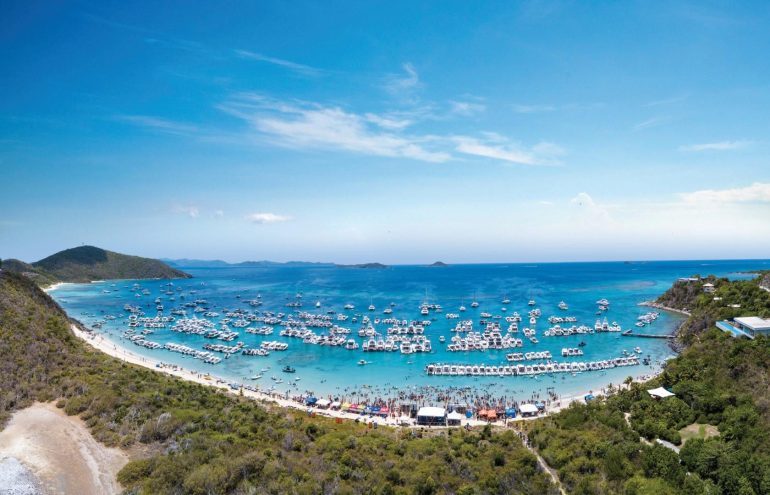Regatta Recap from Búzios, Brazil: Volvo Youth Sailing ISAF World Championship – The Volvo Youth Sailing Worlds is the regatta for any sailor under the age of 18. Since 1971, this event has attracted the best youth sailors from all over the world, and it continues to grow almost every year. The 2009 Youth Worlds proved to be the biggest to date with 300 sailors from 60 different nations. Each nation is allowed one boat per class, with seven classes in total. This year, sailors competed in Búzios, Brazil, and it was the first time the event was held in South America.
To attend a Youth Worlds is not as easy as booking a flight. Only sailors who have qualified within their country can compete. To qualify for certain nations such as Great Britain, some must compete against as many as 150 youth sailors all gunning for the individual spots.
So what about the British Virgin Islands? How many sailors do we have competing for these spots? The answer is none really. Oftentimes in small nations, you choose an opposite technique as a coach to prepare for major international competitions: be selective, and train, train, train. While some nations will go for the other: huge selection, go with the best. Both are used all around the world for events as big as the Olympics.

Laser Radial Single Handed Male sailor Alec Anderson, along with me, the coach, were the sole representatives for the smallest nation by population and size, the British Virgin islands. With a mere 22,000 population compared to China’s 1,332,230,000, it may seem reminiscent of a story of a guy named David and another dude named Goliath. This was simply not the case.
Alec proved that his training leading up to the event was world class. He was able to train with two past Laser Radial World Champions, attend major events with the Caribbean and North America, as well follow a strict fitness program that saw him in the gym four times a week. The amount of food he consumed probably resembled what an NFL linebacker would eat, and his time on the water was more frequent than the classroom. All this was done with one goal in mind: Youth Sailing Worlds.
The competition was set over seven days—six days of racing with one day in the middle to rest. Two days ended up being cancelled, one due to high winds in excess of 35 knots, and one day due to no wind maxing out at 3 knots. The other four days saw winds at a manageable 15-20 knots with good size waves and sunshine.

Alec’s racing highlights included a 2nd, a 7th and in the last race moving up two spots overall and going from 9th to 7th at the 2009 Volvo Youth Sailing Worlds. The gold medallist, Sam Meech, hails from New Zealand, a country with a population of over 4 million where sailing is as popular to them as hockey is to Canadians. Other nations in the top ten included Denmark, Thailand, Switzerland and Argentina, countries with populations ranging between five and forty million.
This being the last Youth Worlds Alec will compete in, the future of the British Virgin Islands' youth sailors is strong, with a dozen or more sailors well on track to follow with bigger intentions than the past. The sailing world is slowly starting to see the BVI as a producer of world-class results. Thanks, in part, through things as simple conversations on the coach boat amongst the international sailing coaches.
“IVB? [the country code for the British Virgin Islands, that each sailor has displayed on their body, boat, and sail] where the heck is IVB?” one coach asks.
“The British Virgin Islands,” I say to a few heads turning my way.
“Ahh…where is that?”
A small chuckle inside as I reply, “The Caribbean.” The look of question slowly fades, but I can still see the confusion. “It’s near Puerto Rico, between Florida and South America.” After the geography lesson, they see where we are coming from and will in the future know what IVB stands for—a very small country with some very big talent.
